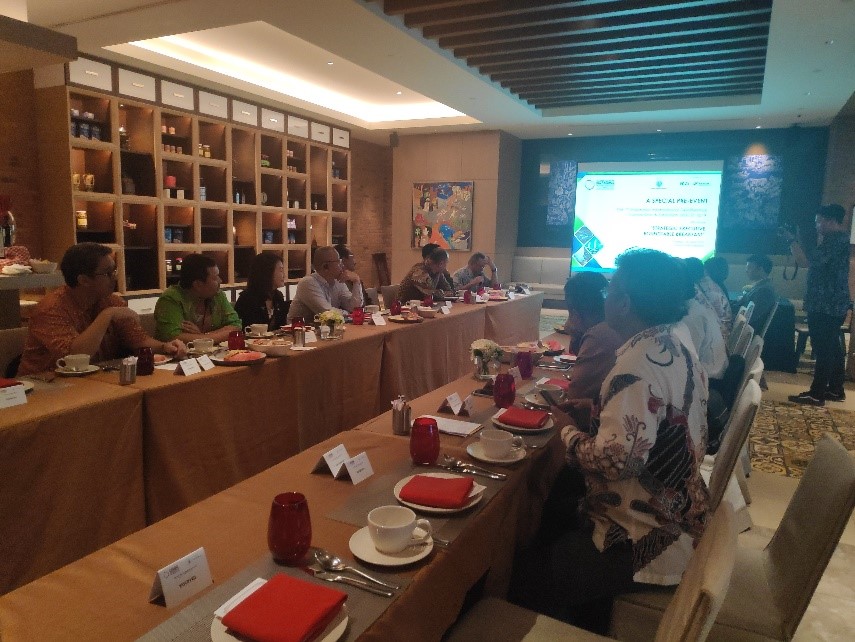Figure 1. Strategic executive roundtable breakfast in action
Indonesia Geothermal Association (INAGA-API) will hold the 7th Indonesia International Geothermal Convention & Exhibition (IIGCE) 2019 from 13 – 15 August 2019. IIGCE 2019 is an annual international business and technical forum with a purpose for advancing geothermal energy development in Indonesia. The theme for this year event is “Making Geothermal the Energy of Today.” One of the pre-events was “Strategic Executive Roundtable Breakfast” on April 30, 2019 in Fairmont hotel. The participants were from the Indonesian government and related organizations and companies, including Purnomo Yusgiantoro Center (PYC) which was represented by one of our Advisory Board, Luky Yusgiantoro, B.Sc., M.Sc., Ph.D.
The meeting started with the declaration from the moderator regarding Indonesia second position as geothermal country in the world, with around 2000 MW of electricity produced from geothermal power plants. However, the moderator also emphasized about its slow development with only 100 MW addition each year since 1980.
The importance of developing geothermal energy in Indonesia is not only to fulfill the energy needs but also to achieve our commitment on the Paris Agreement. Based on the Paris Agreement signed in 2016, Indonesia stated that we could reduce 26% of our greenhouse gas emissions (314 Million Metric Tons of CO2 equivalent) independently and even higher with world assistance, reaching 41% (398 Million Metric Tons of CO2 equivalent).
Moreover, Indonesia energy mix target is 23% of renewable energy by 2025. However, the target seems to be difficult to reach. Dewan Energi Nasional (DEN) set the target with a 7-8% economic growth assumption, but in reality, it is only 5%. Then, a rearrangement is needed to adjust the portion of renewable energy in the energy mix target in 2025 and improve the effort for developing renewable energy.
Mr. Luky Yusgiantoro identified that the absence of renewable energy in Rencana Pembangunan Jangka Panjang Nasional (RPJP Nasional) and Rencana Pembangunan Jangka Menegah Nasional (RPJMN) might be the root problem. He recommends making this issue as a priority and hopes the new government will include renewable energy in the next RPJMN. Mr. Luky also suggests optimizing geothermal fund and allocating some portions of petroleum fund for renewable energy to reduce the risk in geothermal investment.
On the buyer side, Perusahaan Listrik Negara (PLN) confessed that they do not have much power to support the renewable energy target in the energy mix because their priority is to use the source with the least cost, which is coal-based power plant. However, they are in favor of geothermal development, because the Levelized Cost of Energy (LCOE) will decrease with time and geothermal is one of the two most reliable power generations in Indonesia beside hydro. It has a high capacity factor (around 95%), can perform on a daily basis, and do not need reserve power, not like the intermittent one (wind and solar). Hence, investment on geothermal power plant is more appealing in economics perspective.
All in all, to ensure a smooth energy transition and backing energy security and sovereignty, supports from the government in pricing policy and subsidy model are required. Independent Power Producer (IPP) also needs to commit to perform a cost-effective operation, making geothermal power more affordable.







